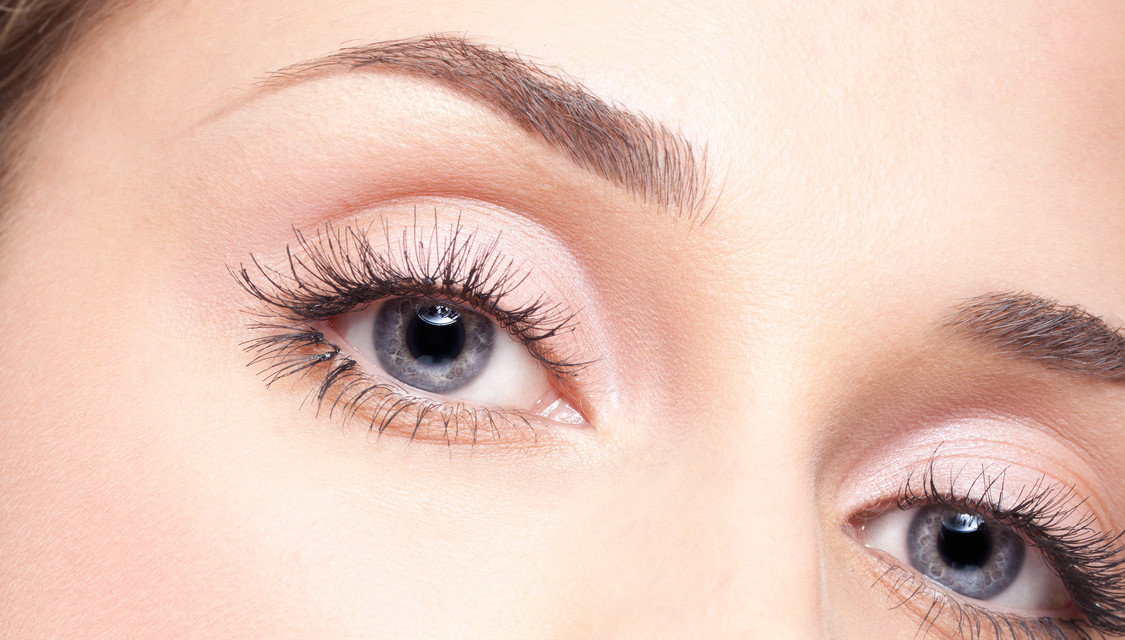
The procedure | Retrograde browlift
Signs of ageing often appear first around the eyes. As eyelids are constantly moving, loss of skin elasticity creates wrinkles, and in the end can lead to an excess of skin in this zone. Often though this is not the only cause. Gravity can cause a downward shift of the eyebrows, which also contributes to a surplus of skin in the eyelids. If this is the case, lifting of the eyebrows should be added to the blepharoplasty to reach the desired effect. The advantage of the retrograde browlift is that it will make use of the upper eyelid blepharoplasty incision, so will leave no extra scar to achieve the lifting. Its limitations are in the fact that, due to anatomical reasons, only the lateral half of the eyebrows can be lifted with this technique. Coincidentally this is also the part of the eyebrow where most of the sagging occurs, so usually most benefit can be gained exactly there.
Where will I be operated?
The operation will be performed in the fully equipped operating theatre at the Radetzky villa.
What can I expect of the operation?
A retrograde browlift is always performed in conjunction with an upper eyelid blepharoplasty. The operation will be performed under local anaesthetic and will take approximately 45 minutes. Your surgeon will always see you before the operation and will talk you through the steps. Pictures will be taken for documentation. The procedure will start with prepping and draping of your face. Markings will be made on your eyelids and you are advised to keep your eyes closed. You will be warned when the local anaesthetic is going to be injected and you will experience a swelling of your eyelids and eyebrows. While you will not feel any pain during the procedure, you will be able to experience movements, pressure or changes in temperature. When the eyebrow is fixed you will notice a reduced range of motion in both your eyebrow as well as in your eyelid.
What are the risks?
The most common complication is an increase (either subjective or objective) in frequency of dryness of the eyes. It is therefore essential to use both the eye drops and the ointment (before sleeping) that will be prescribed by your surgeon. Postoperative bleeding occurs in less then 1 in 100 cases. If this occurs behind the eyeball it may compromise vision. Even though this is extremely rare (only 1:40.000), you are advised to contact your surgeon if you experience impaired vision in the days after surgery.
What can I expect after the operation?
When the anaesthetic wears off you may experience some slight discomfort, which however typically disappears after the first few hours. In the first few days healing will include some swelling and (variably) some bruising. Regularly cooling your eyelids and eyebrows in the first 24 hours will help in keeping this swelling to a minimum. Prevention of bending down or lifting heavy goods in the first few days also helps. You may find it more comfortable to sleep with an extra pillow to elevate your head in this period. Initially some asymmetry may be present which will disappear as swelling subsides and healing occurs. You may also notice a dumpling in the side of the eyebrow, which will also disappear over time. Because of the elevation of the tissues it might be difficult to close your eyes completely for a while, which could even last for a few weeks. It is essential that you prevent your eyes from drying out by using eye-drops (or ointment during the night).
What will the scars be like?
The scar follows the curvature of the eyeball and should, over time, not be visible anymore when opening the eyes. At the side of the orbit the scar will be visible for a few millimetres, especially as it will be slightly red for the first few months. Eventually the colour will even out. Typically a scar will take one year to fully mature and in the majority of cases the scars, although present, should not be visible anymore by that time.
How long before I can resume my normal life?
Most people manage to return to light activities in the first few days after surgery. At one week after surgery a follow-up appointment will be made for you at the Radetzky villa, where the sutures will be removed. From then on it is possible to apply make-up again. At this stage the swelling and possible bruising normally is reduced to a level where social activities can be resumed. Occasionally however it takes longer for these side effects to disappear completely. We therefore advise you to postpone any important social activity until at least three weeks after the operation. We also recommend you to refrain from doing any strenuous activities in the first 2 weeks.
What is good to know about the long term?
The fixation of the brow will be such that it will be difficult to move it normally for a while. As the swelling subsides occasionally some dimpling may become apparent, which will disappear over time.


 Deutsch
Deutsch English
English Nederlands
Nederlands